In previous installments, we’ve explored the fundamentals of CAR-T, the features of the in vivo model, gene delivery strategies, target antigens, and intracellular signaling. In this fifth edition, we shift our focus to clinical applications. What clinical trials are currently underway? Which companies are leading the charge to bring in vivo CAR-T to patients? In this article, we present the current landscape in a clear and accessible format.
Table of Contents
- 1. In Vivo CAR-T Clinical Trials Have Begun
- 2. Key Developers: Capstan, Intellia, Umoja and More
- 3. Technology Approaches and Target Indications
- 4. Challenges and Forecasts
- 5. Summary and Next Preview
1. In Vivo CAR-T Clinical Trials Have Begun
CAR-T therapy, once considered a futuristic dream, has already produced multiple FDA-approved ex vivo therapies for hematological malignancies. Yet, these traditional therapies are costly, time-intensive, and infrastructure-dependent. The promise of in vivo CAR-T—generating CAR-T cells directly inside the patient’s body—has drawn growing attention.
From 2023 to 2024, multiple in vivo CAR-T human clinical trials were launched, particularly in the U.S. These trials represent a shift from proof-of-concept to practical validation of safety and efficacy.
2. Key Developers: Capstan, Intellia, Umoja and More
Let’s introduce the key players pioneering in vivo CAR-T development.
● Capstan Therapeutics
Capstan utilizes lipid nanoparticles (LNPs) to deliver mRNA directly into T cells in vivo. The company received FDA IND approval in 2023 and launched the world’s first human trial targeting CD19+ B-cell leukemia and lymphoma.
● Intellia Therapeutics
Famous for its CRISPR gene editing, Intellia is developing in vivo gene-edited CAR-T using LNPs. Their long-term vision includes not only oncology but also autoimmune disease applications.
● Umoja Biopharma
Umoja leverages a viral vector technology called VivoVec™ for in vivo CAR integration. The company also focuses on tunable co-stimulatory signaling for enhanced CAR-T durability and safety.
● Other Notables
- Vector BioPharma: Organ-specific promoters for targeted in vivo CAR delivery
- Sana Biotechnology: In vivo T-cell programming technologies
- Verve Therapeutics: Early-stage work in epigenetic control for CAR expression
3. Technology Approaches and Target Indications
The leading approaches can be divided into two broad categories:
- 1. LNP-based mRNA delivery: Non-viral, lower immunogenicity, easier to manufacture. Used by Capstan and Intellia.
- 2. Viral vector delivery: High efficiency and tissue specificity but with concerns about immunogenicity and insertion risks. Used by Umoja and Vector.
While B-cell malignancies (e.g., leukemia, lymphoma) remain the initial focus, expansion into multiple myeloma, AML, and even solid tumors is actively underway.
4. Challenges and Forecasts
Despite recent momentum, several key challenges remain:
- Target selectivity: Ensuring CAR genes are delivered only to T cells
- Long-term safety: Avoiding off-target toxicity or excessive immune activation
- Limited clinical data: Most trials are in early Phase 1
Nevertheless, these are no longer hypothetical issues. As Phase 1/2 trials progress, we expect interim results by 2025, potentially paving the way for accelerated development in the next 2-3 years.
5. Summary and Next Preview
In vivo CAR-T has advanced from concept to clinic. Capstan, Intellia, Umoja, and other leaders are rewriting what’s possible in cellular immunotherapy. These companies aren’t just aiming to improve CAR-T—they’re aiming to make it accessible, scalable, and safer.
In our next edition (#6), we will dive into solutions to remaining challenges: how researchers are improving targeting precision, minimizing side effects, and engineering smart control systems into in vivo CAR-Ts.
🔗 Related Articles / Series Links
- Therapeutic Trends 2025: What to Watch
- Introductory Series Index
- #1: What Is CAR-T? The Story of Emily Whitehead
- #2: The Technologies Behind In Vivo CAR-T
- #3: Key to Precision and Safety: Designing Smart CAR Expression
- #4: Deep Dive into CAR Structure: The Latest in Co-stimulation and Signal Engineering


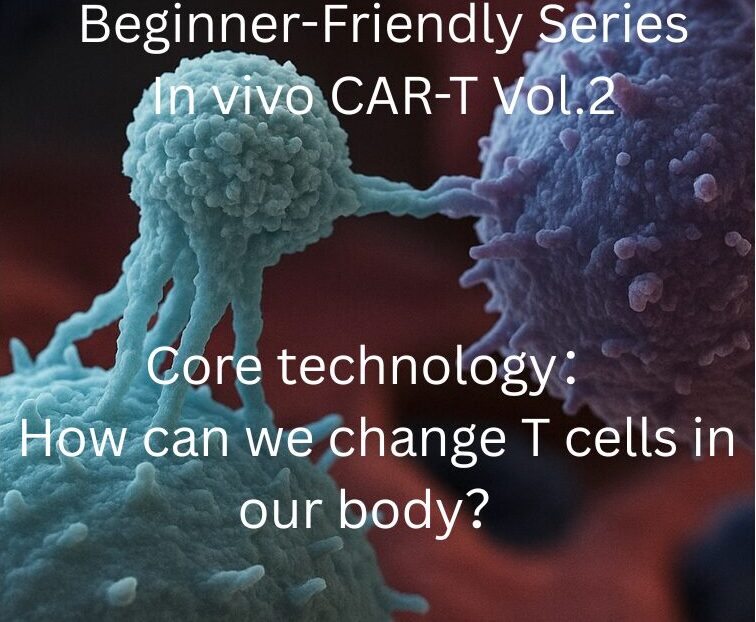
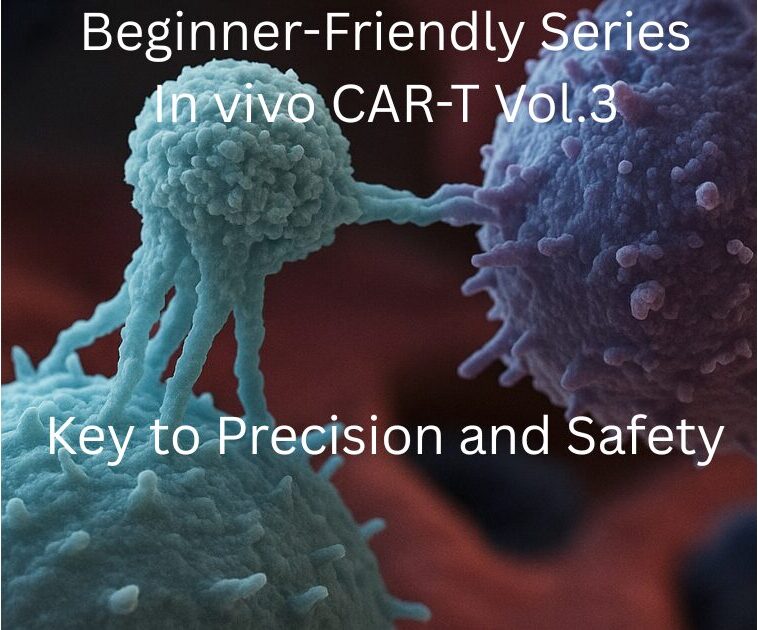
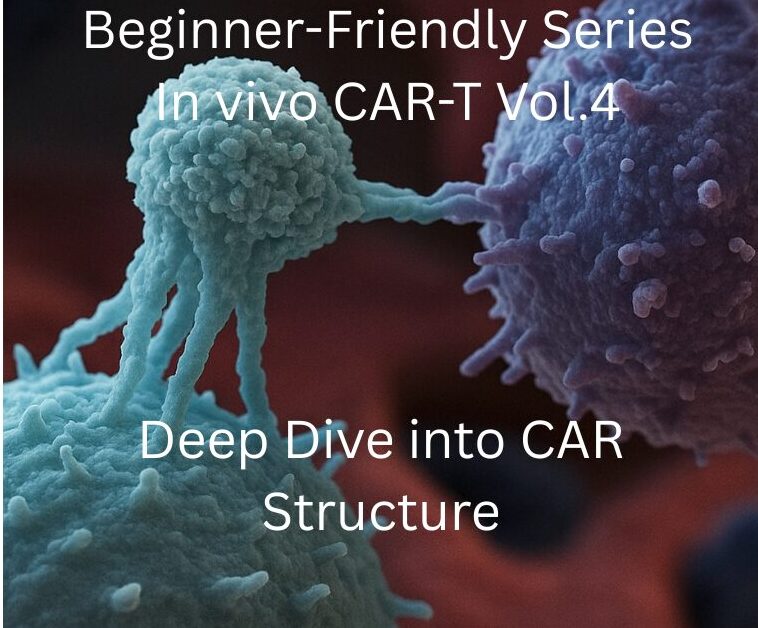
This article was produced by the Morningglorysciences editorial team.
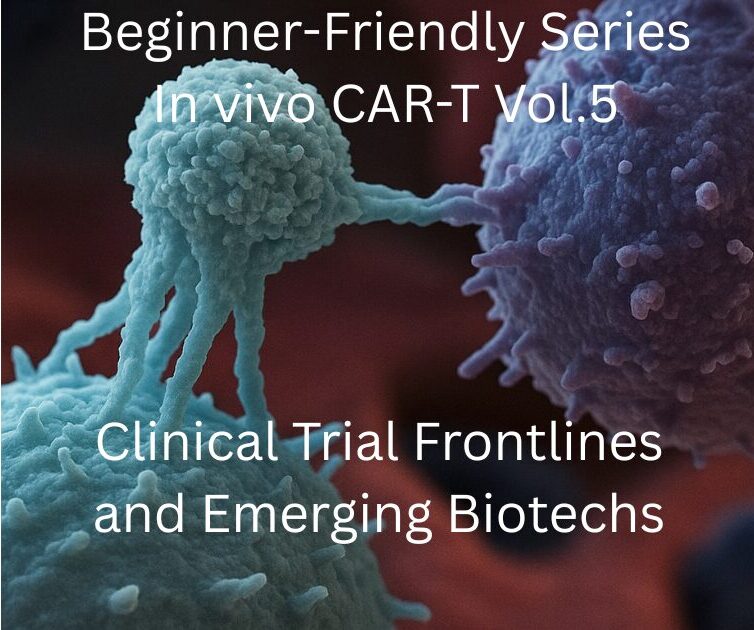







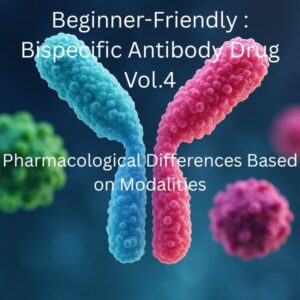
Comments